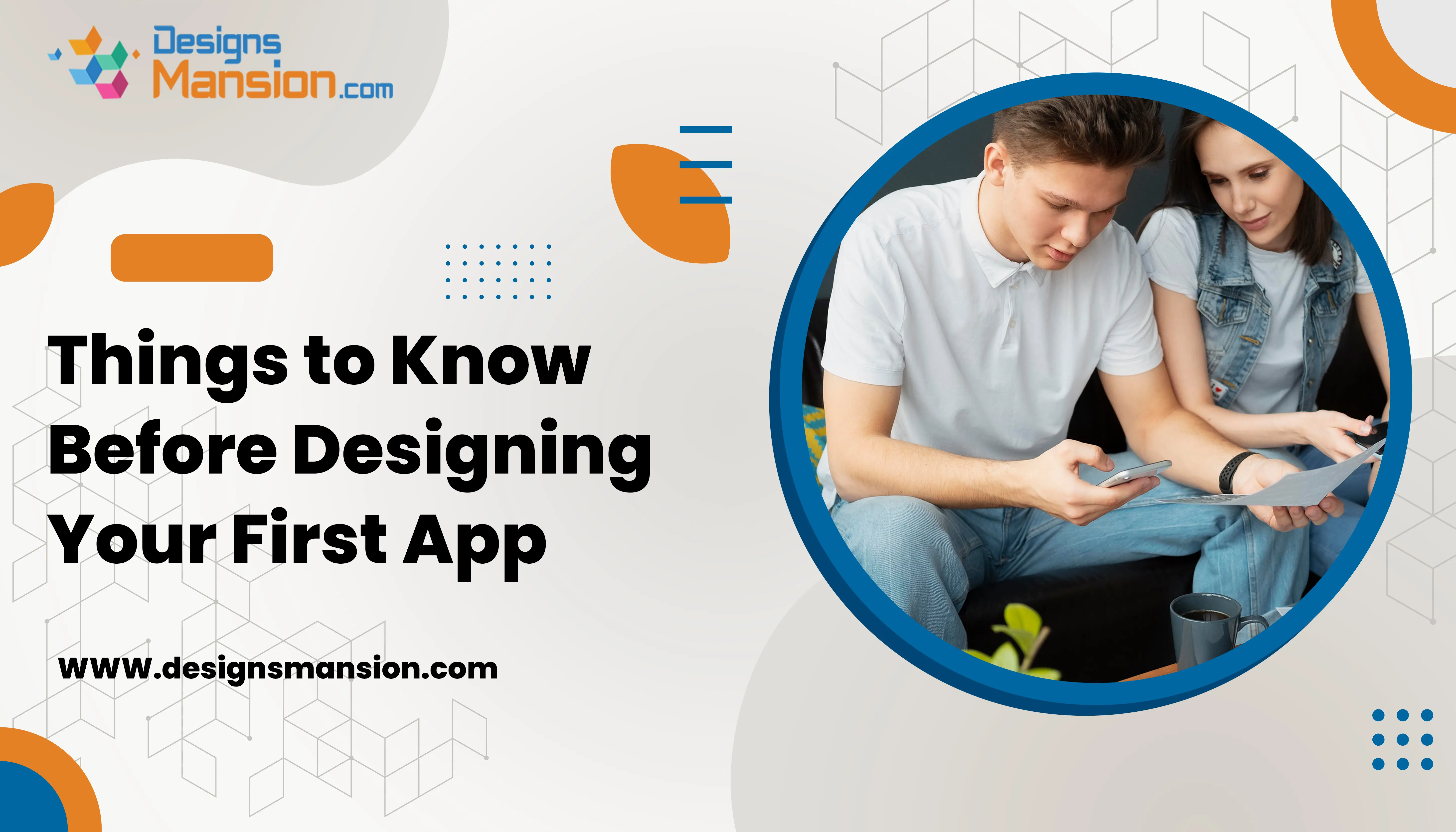
Providing you the perfect solution for your business needs. Let's work together and unlock doors to success.

Launching your very first mobile app is equal parts exhilarating and daunting. You’re about to step into a fiercely competitive space where more than 5 million apps fight for attention on the App Store and Google Play every single day. To give your idea the best chance of surviving—and thriving—you’ll need more than just clever code. You’ll need clear goals, pragmatic design decisions, and a roadmap that keeps users at the center of every choice you make. Below are nine field-tested lessons to guide you from concept to launch without the usual rookie mistakes.
Long before wireframes, ask why the app should exist. Conduct quick interviews, scour app-store reviews of similar products, and map out pain points. This step guards you against “solution-in-search-of-a-problem” syndrome—the leading cause of abandoned side projects.
Spend a weekend deep-diving competitor onboarding flows, pricing pages, and release notes. Note what users praise and what they complain about. Pair that intel with keyword research—look at search volumes for phrases like “habit tracker Android” or “budget planner iOS”—to shape a feature set that’s distinctive yet aligned with real demand.
Apple’s Human Interface Guidelines and Google’s Material Design aren’t polite suggestions; they’re cornerstones of app acceptance—and user trust. Consistency with native components (navigation bars, gestures, typography) trims your learning curve and speeds up App Store approvals.
Your app will live on phones, tablets, foldables, even in-car displays. Start with fluid layouts rather than fixed pixel specs. If you outsource UI work, choose partners who specialize in responsive web design services so your marketing site and web dashboard remain as polished as the app itself.
It’s tempting to cram every brainstormed feature into version 1. Resist. Apps overloaded with extras are 30 percent more likely to crash and are frequently deleted for hogging storage. Focus on one or two “hero” capabilities, gather feedback, then iterate. This reduces development costs and accelerates time-to-market.
Speed is a feature. Optimize images, defer non-critical network calls, and profile animations on lower-end hardware. Keep an eye on upcoming platform shifts too: starting November 1, 2025 Google will require all Android apps targeting Android 15+ to support 16 KB memory pages, a change expected to boost launch times by up to 30 percent. Building with future guidelines in mind spares you a frantic refactor next year.
Accessibility isn’t a “nice-to-have”—it’s table stakes. Ensure sufficient color contrast, support dynamic font sizing, and provide text alternatives for icons. Nielsen Norman Group still ranks unlabeled icons and poor error messages among the top application-design pitfalls, six years running. The result: a broader audience and, in many countries, easier regulatory compliance.
Choose a revenue model—paid download, freemium, subscriptions—during wireframing, not after launch. Align it with Apple’s latest App Review and Google Play billing policies so your submission doesn’t stall in review limbo. Remember: shifting business models post-launch is far costlier than planning them upfront.
Even the best in-house teams lean on outside specialists for branding, usability testing, or landing pages. Look for agencies offering affordable web design services without cutting corners—transparent pricing, staged deliverables, and demonstrable UX results are key indicators. Firms like Logo Mansion pair dedicated UI/UX experts with end-to-end web design services, helping startups launch cohesive brands that translate seamlessly from mobile app to marketing site.
Designing an app is less about chasing trendy micro-interactions and more about disciplined problem-solving. Validate a need, respect platform norms, plan for performance, and iterate ruthlessly. Surround yourself with the right partners—whether a freelancer versed in responsive web design services or a full-service studio such as Logo Mansion—and your first launch will feel less like a leap into the unknown and more like the first step in a sustainable product journey. Build smart, stay user-obsessed, and the downloads will follow.